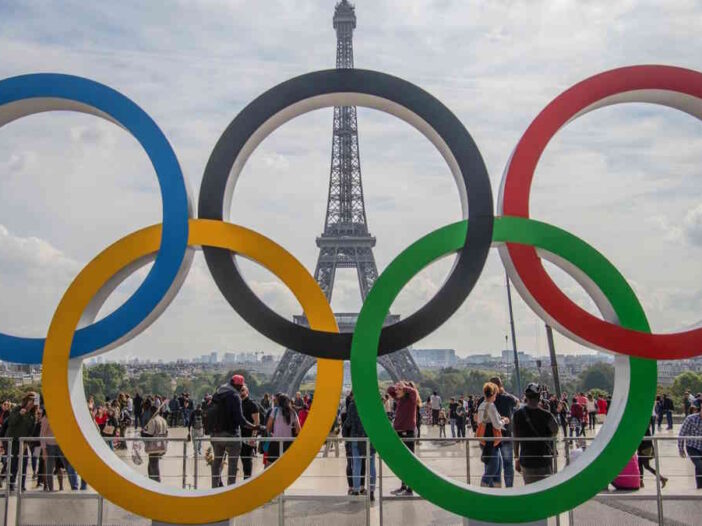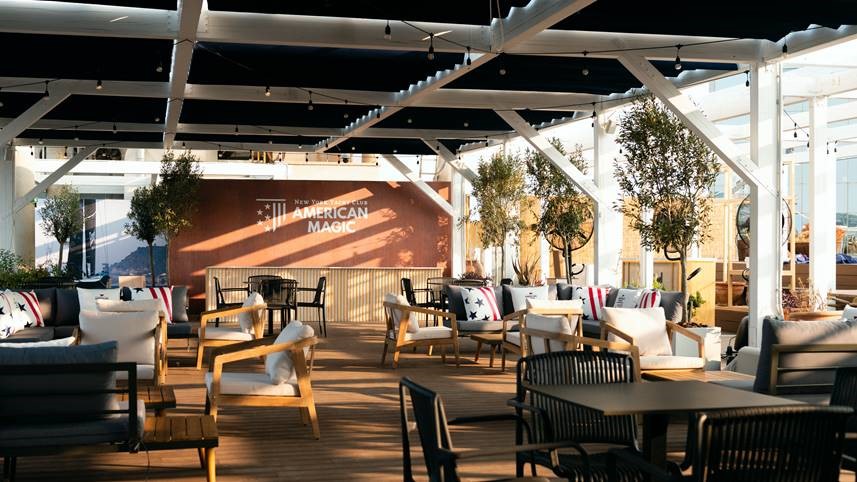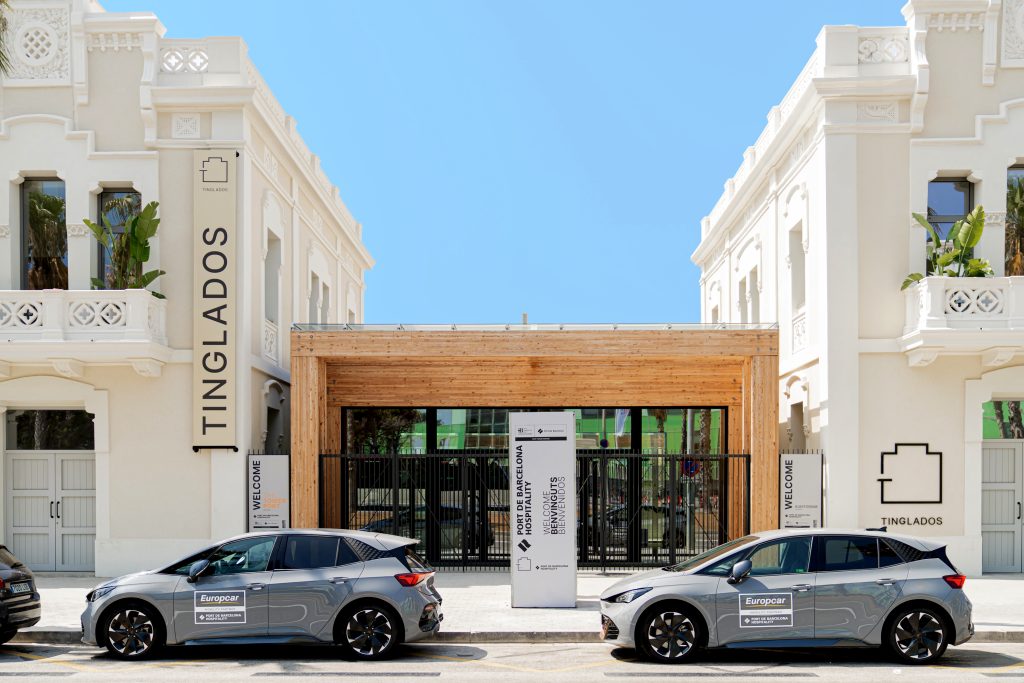How Paris 2024 has been an example of sustainability and adaptation for large formats

Share news
Listen
Using iconic postcards of the city. In order not to miss the opportunity of being the focus of the media for 17 days, the organisers wanted to promote Paris as a destination through the spots chosen for the different events. The taekwondo events at the Grand Palais, the horse riding at Versailles or the cycling in Montmartre have undoubtedly made spectators enjoy the sport without forgetting the beauty of the city.
Can you get inspired? Taking advantage of and relating the characteristics of the space to your event not only reduces production costs and environmental impact; it also adds value by creating a link between the space and your brand in the minds of attendees. In this way, you can relate your brand to art by holding your event in a gallery or to nature by using green spaces for this; the possibilities are almost endless. This requires changing your work process a little, and conceiving the event more based on the spaces available so that you can do a complete briefing before looking for the space.
Integrating French culture into the celebrations without losing sight of the global nature of the event. In addition to the route that the sporting events took around the map of the capital, visiting its best monuments and landscapes, the identity of the Gallic country was present at various moments of the celebration. References to the French Revolution, Art Deco, cabaret; presence of French fashion, music, literature or cinema. All these touches allowed France to show off its best features without forgetting its international character and especially keeping in mind Los Angeles, the next organizer of the Games. This integration of local values and assets is key to ensuring that your event takes advantage of the destination and allows attendees to truly experience it.
Sustainability, a key objective. These Games have had a strong focus on sustainable measures, as the goal was set not to exceed 1.5 million tons of CO2, which represents a significant reduction compared to previous editions. These initiatives included the use of existing or temporary infrastructure, with renewable energy, reduction in the use of plastics, and improvements in urban mobility such as the increase in bike lanes.
The organization has prioritized the use of renewable energies such as solar and geothermal, has used recycled and low environmental impact materials in the construction of the Olympic facilities and has established mechanisms to reuse and recycle the materials used during the Games.
In terms of transport, investment was made in improving public transport and alternatives such as bicycles and electric vehicles have been promoted. For this reason, new pedestrian zones and cycle paths have been created to facilitate sustainable mobility and reduce congestion, a legacy that the city will take with it.
Regarding food waste, priority has been given to the use of local and seasonal products. In addition, measures have been implemented to reduce waste, such as donating surplus food to charities. This measure has ensured that of the 40,000 meals served to athletes, spectators and workers every day, unused products are donated to local associations. The contribution of food waste to the increase in the carbon footprint according to the IOC is minimal, but they wanted to be “particularly exemplary” in this field to maximise the social legacy of these games and set a precedent in terms of the use of food at events.
The facilities have been another of the great pillars of sustainability. Only three new infrastructures have been built from scratch, the rest were already built or have been the result of giving a second life to older spaces in order to adapt them to Olympic requirements. Examples of the latter are the Arena Paris Nord, the Arena Paris Sud or the Bercy Arena. These renovations have contributed to the legacy of the event in the city, creating sports infrastructures that can promote sport and healthy living in the population. But what happened when sports required conditions that were not available in the resources offered by Paris? They have moved the holding of events such as surfing to different parts of France in order to use the resources that already exist, in cities such as Marseille, Lille, and even Tahiti, 15,716 km from the capital. Complicating logistics, but avoiding building unnecessary infrastructure in the capital.
In addition, the new constructions have been carried out in the most sustainable way possible. The aquatic centre has been conceived to “consume less, consume better”, a motto that guides not only energy efficiency, but also the use of materials and resource management. The use of wood instead of steel, the collection of rainwater and the installation of a solar park are clear examples of how emissions can be reduced and energy consumption optimized in large projects. This building is not only visually impressive, but is also an example of energy efficiency and acoustic optimization. Its parametric roof, inspired by iconic designs, has been designed to offer perfect acoustics while minimizing energy consumption. A very relevant example regarding the importance of choosing the space for your event, since the technology available can determine whether costs are reduced and sustainability is promoted.
A positive legacy for the city. The new infrastructure built for the Games has been designed for long-term use, benefiting the city and its inhabitants. One example is the transformation of the Athletes’ Village into a sustainable residential neighbourhood. This approach allows the investment in infrastructure to have a lasting benefit for the city. In addition, legacy programmes have been implemented in promoting sport and physical activity among the population, leaving a positive legacy for the health and well-being of citizens.
Although the assessment of the Games varies according to the perspective of each observer, overall, Paris 2024 has managed to teach us how to improve in the organisation of our events. The importance of setting social and legacy objectives for large-scale events from the outset becomes indispensable for a positive footprint to be real. IOC President Thomas Bach praised Paris’ ability to innovate and adapt, offering a valuable example for future venues such as Los Angeles 2028 and Brisbane 2032.









